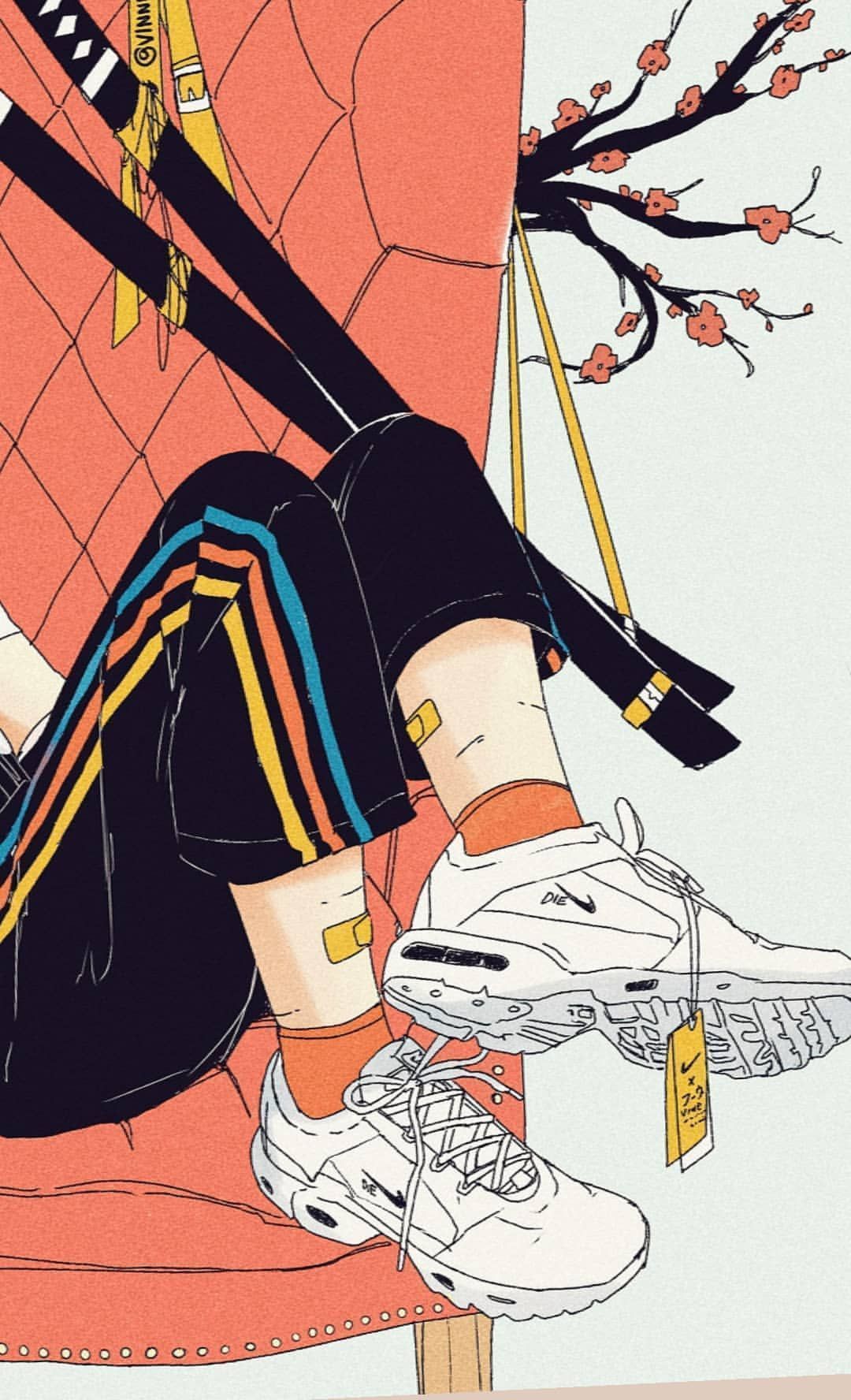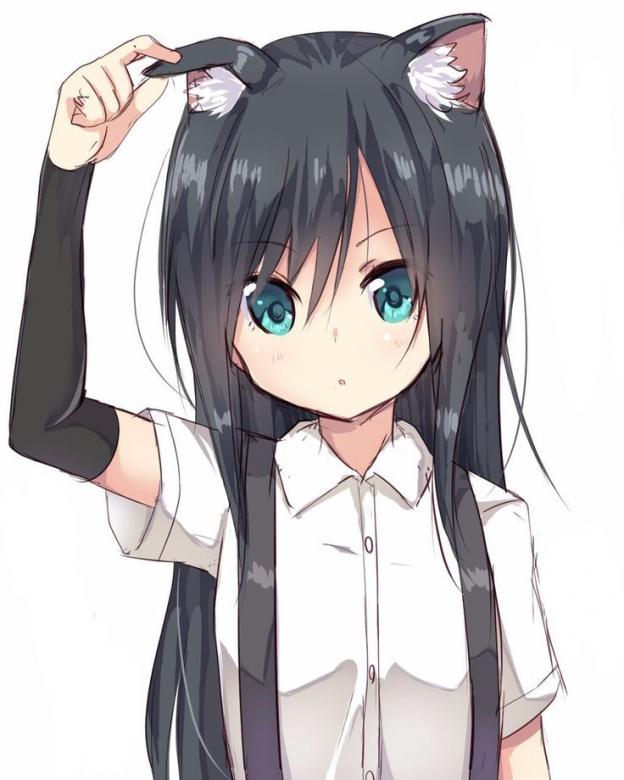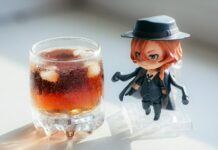Anime is a style of animation that has a lot in common with manga. They share aesthetics – Japanese manga and anime characters. Usually have large eyes, small noses, and cheeky hairstyles, although this is not the rule. The second similarity is their authors – manga and anime are closer to novels in this respect.
As with books, there is usually one person behind their plot. In the case of production from Hollywood and American comics, the entire creative staff is responsible for the production!
As a result, the most well-known manga and anime artists are held in high regard. Individuality and independence are hallmarks of their work, as they are book authors.
 Japanese Manga Animated
Japanese Manga Animated
A great example is Mr. Hayao Miyazaki – the author of family anime about respect for nature, human bonds with nature, and growing up. His Spirited Away: In the Land of the Gods won an Oscar and a Golden Bear at the Berlin Festival. Ponyo, another film, won the Golden Lion at the Venice Film Festival.
The same caveat applies to Japanese animated films as it does to manga: they are only available in Japanese. No one finds anime to be “children’s stories” when they watch it! As a result, there are a plethora of anime genres. We have films for adolescents, teens, and adults, as well as family films, comedies, dramas, and horror films. Anime can also be divided into two categories: feature films and television shows.
Japanese Manga Magazines
In a few ways, manga magazines in Japan differ from comic books released in the United States. The thickness of such a magazine is similar. That of a telephone book, but it is smaller in size and width. In Japanese manga magazines, the paper is also quite close. Except that it is significantly thicker than the one used in telephone directories. Manga magazines publish stories by a variety of authors; each series is printed on different colored paper.
A single episode of the series normally lasts 20-24 pages and is continued in subsequent magazine issues. The magazine itself is between 300 and 500 pages long. Depending on the title, they may be published weekly, biweekly, or monthly.
About 250 manga magazine titles are published in Japan, reaching about 150 million people. Every year, 2, 3 billion such journals, which is around 15 magazines per person. And these numbers do not include magazines exchanged between friends, family, etc.
Japanese Manga
One manga magazine typically sells 5-6 million copies a week. However, in the United States, translated manga is normally distributed in batches of 13,000 copies. A broad variety of people read manga magazines. The Japanese population, ranging from young to middle-aged citizens, resulting in high sales by women and by men.
There are many different types of manga that suit different categories of society. Plus, a phone book-sized manga magazine costs around $ 4. To keep costs down, only the covers are written in color, the rest is black and white.
You may be considering how the Japanese manage to read so much manga. Manga is commonly read on the way to work or school. The Japanese read manga at a breakneck pace, turning pages every four seconds. Manga magazines are printed on thin (recycled) paper that is inexpensive. And they’re typically discarded after 20 minutes of reading (to read, not throw away). Owing to a lack of living room in Japan, manga magazines are seldom collected.
How To Treat Manga And Anime?
As a consequence, the inference is self-evident: the trick is to pick the appropriate anime for children and teenagers. That’s not to say manga or anime should be avoided; it’s a medium of art close to Western films, comics, and books. The educational team chooses the comics and films (manga and anime fans themselves). These are seen and discussed at Explorers’ camps. so that they are appropriate for their intended audience. It expresses important concepts for children and teenagers while still being entertaining.


 Japanese Manga Animated
Japanese Manga Animated 

















